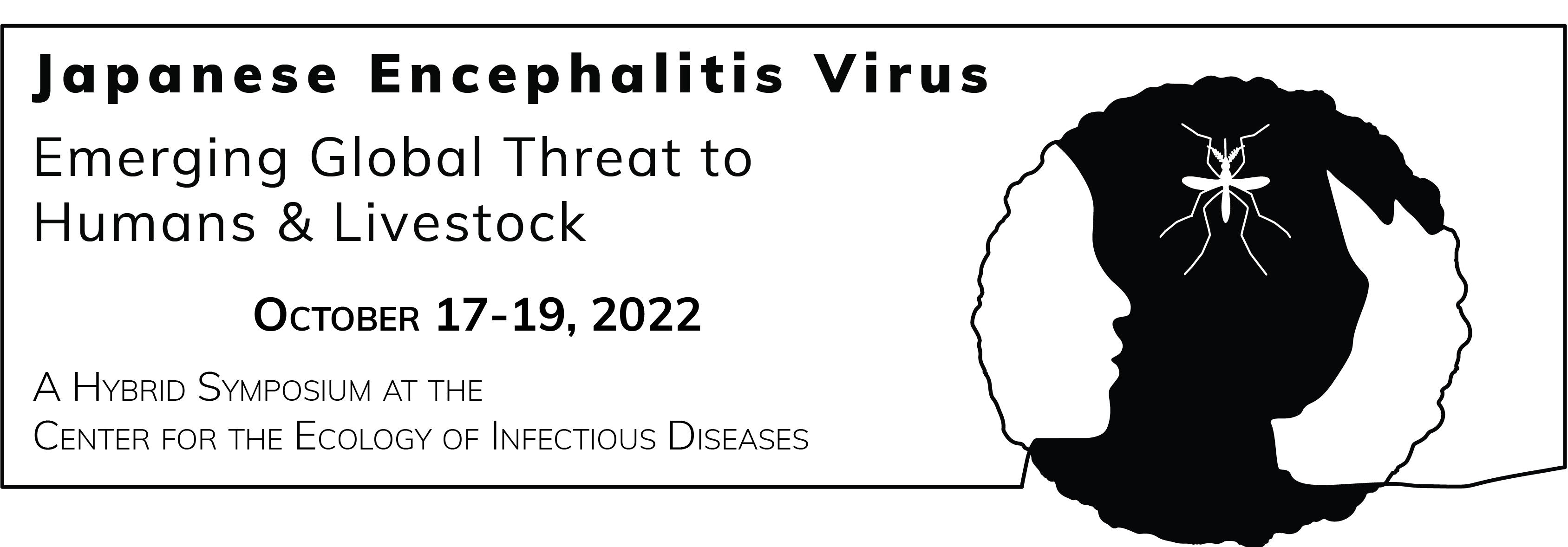
Natalia Cernicchiaro
Associate Professor, Veterinary Epidemiology
Department of Diagnostic Medicine and Pathobiology
College of Veterinary Medicine
Kansas State University
A model of JEV Importation risk
Natalia Cernicchiaro’s research focus is on the application of epidemiological concepts and methods, including multi-level modeling and knowledge synthesis and translation techniques, to design, implement and interpret observational and experimental studies pertaining to food safety, zoonoses, arthropod-borne diseases and production medicine. She is an Associate Professor of Veterinary Epidemiology at Kansas State University, where she teaches basic and advanced epidemiology courses and mentors students in the MPH, MS, and PhD programs.
Dr. Cernicchiaro obtained her Doctor of Veterinary Medicine (DVM) degree at the School of Veterinary Medicine, University of Uruguay, in Montevideo, Uruguay in 2003. While attending veterinary school she started collaborating in several research projects pertaining to the monitoring and surveillance of diseases of economic or public health importance in the dairy and beef production systems. She also completed a Master of Science from the University of Minnesota, focusing on the epidemiology of Johne’s disease in dairy cattle farms and validation of rapid methods for detection of Mycobacterium avium subspecies paratuberculosis and classification of farms’ status, as well as a PhD at the Ontario Veterinary College, University of Guelph in Ontario, Canada, under Dr. David Pearl’s supervision, with a focus on the application of multi-level modeling techniques to the evaluation of associations between management, demographic and health factors with the prevalence of E. coli O157 in feedlot, cow-calf and dairy cattle operations. She has also worked as a private contractor for the Public Health Agency of Canada. She held a post-doctoral fellowship under Drs. David Renter and Brad White at Kansas State University, where she applied epidemiological and economic methods to the analysis of associations between performance, demographic and other operational factors with Bovine respiratory disease morbidity in feedlots.
